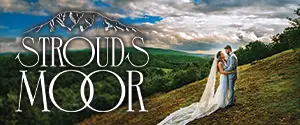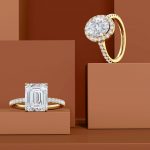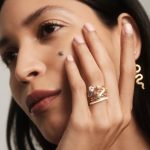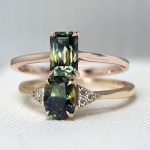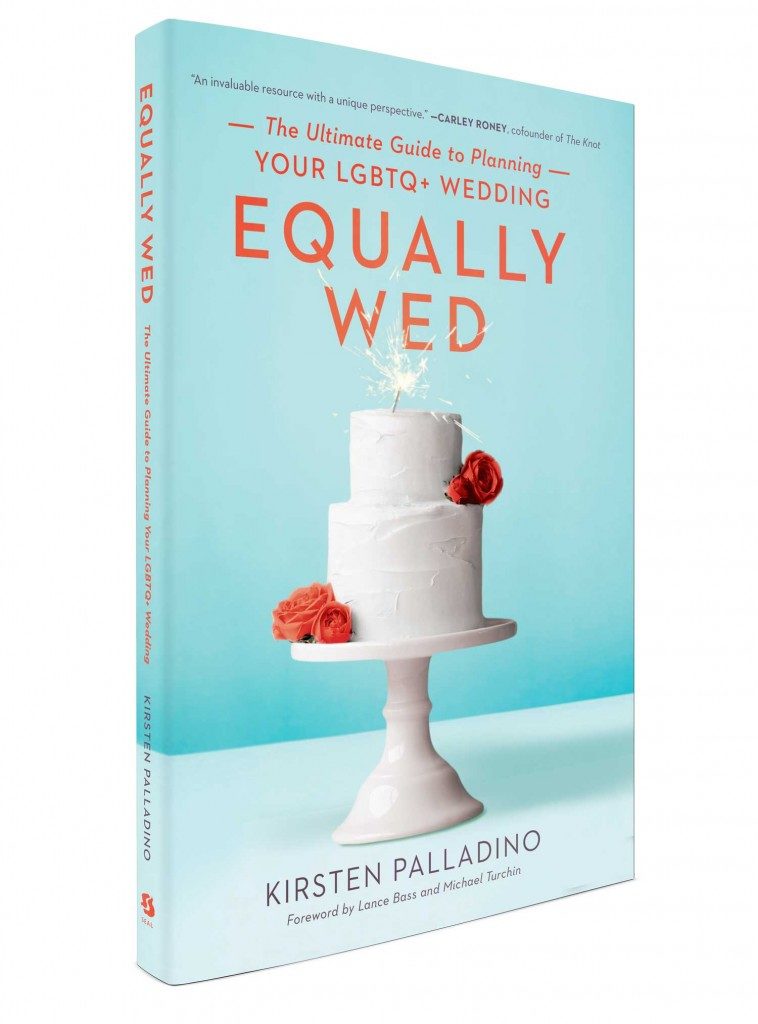By Brittny Drye
Last week, we went in depth about the cut in diamond rings when searching for that sparkler to give to your sweetie. In our second article in the series, Girl’s Guide to Buying an Engagement Ring, we’re dissecting color.
While sapphires, garnets and emeralds may be more known for their hues, color plays a key role in diamond distinction. (Note: There are colored diamonds, known as the “fancy-color” diamonds, which feature shades such as pink and blue and are extremely rare.)


Color is perhaps the hardest of the Four C’s to determine, as the slightest difference in shades can make a very big difference in price. As you might guess, the more colorless a diamond is, the more pure and therefore the more expensive. Most diamonds found in jewelry stores run from colorless to near-colorless, with slight hints of yellow or brown. Color is graded by the Gemological Institute of America by comparing them to stones labeled under controlled lighting and precise viewing conditions. The grades range from D (completely colorless) to Z (light yellow), and the grade your diamond receives should be reflected on its certificate.
Keep in mind that the setting can alter the diamond’s color. White gold and platinum are used most often because they have the least effect, whereas a diamond with more body color is often best enhanced by a yellow gold setting. However, your lady or gent likely has a setting preference, which should take precedence.
See more from our Girl’s Guide to Buying an Engagement Ring:
Photo: gia.edu; shaneco.com
MOST VIEWED STORIES
- Lemon party inspiration from Engage!25 Santa Barbara
- Your 2026 Wedding Planning Playbook: Decoded from the Year’s Trending Google Searches
- Supreme Court Declines to Hear Marriage Equality Case
- From Swipe to Soulmates: How Daniel & Michael Found Love After a Life-Changing Spinal Cord Injury
- Brighten Your Smile: 5 Teeth Whitening Options for Your Engagement Photos and Wedding Day





